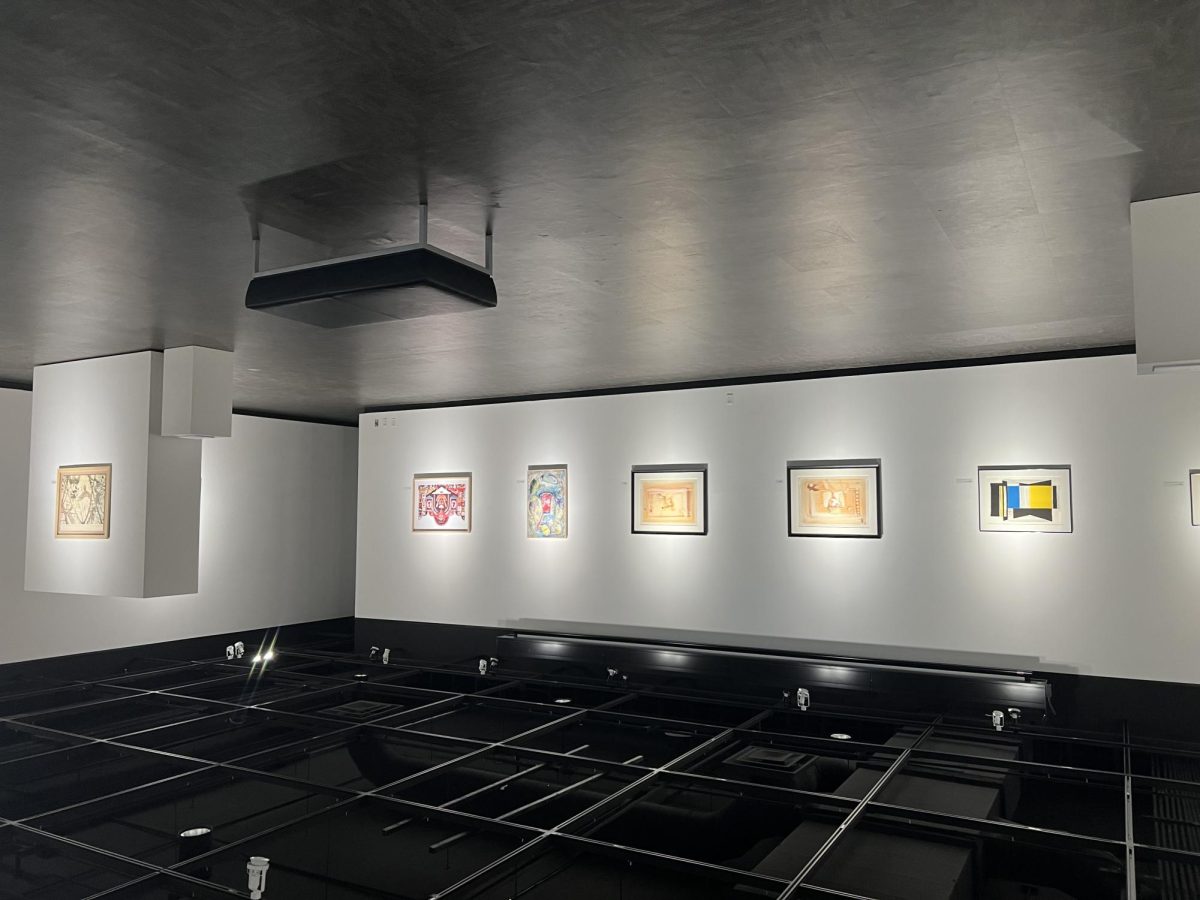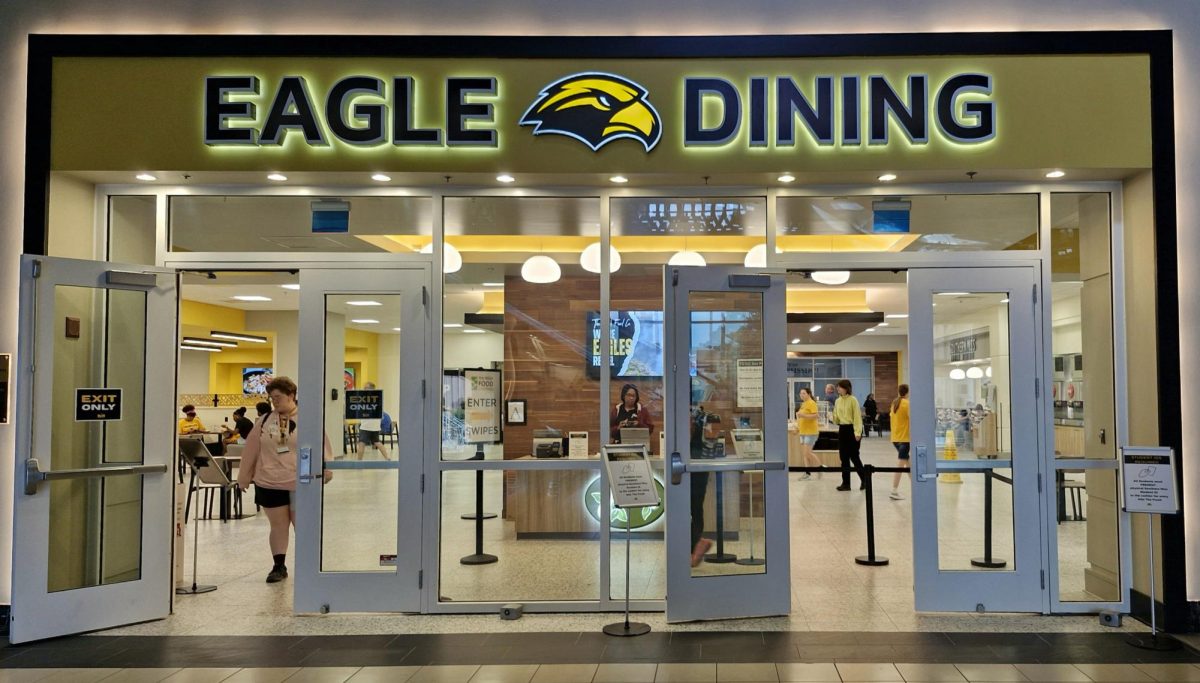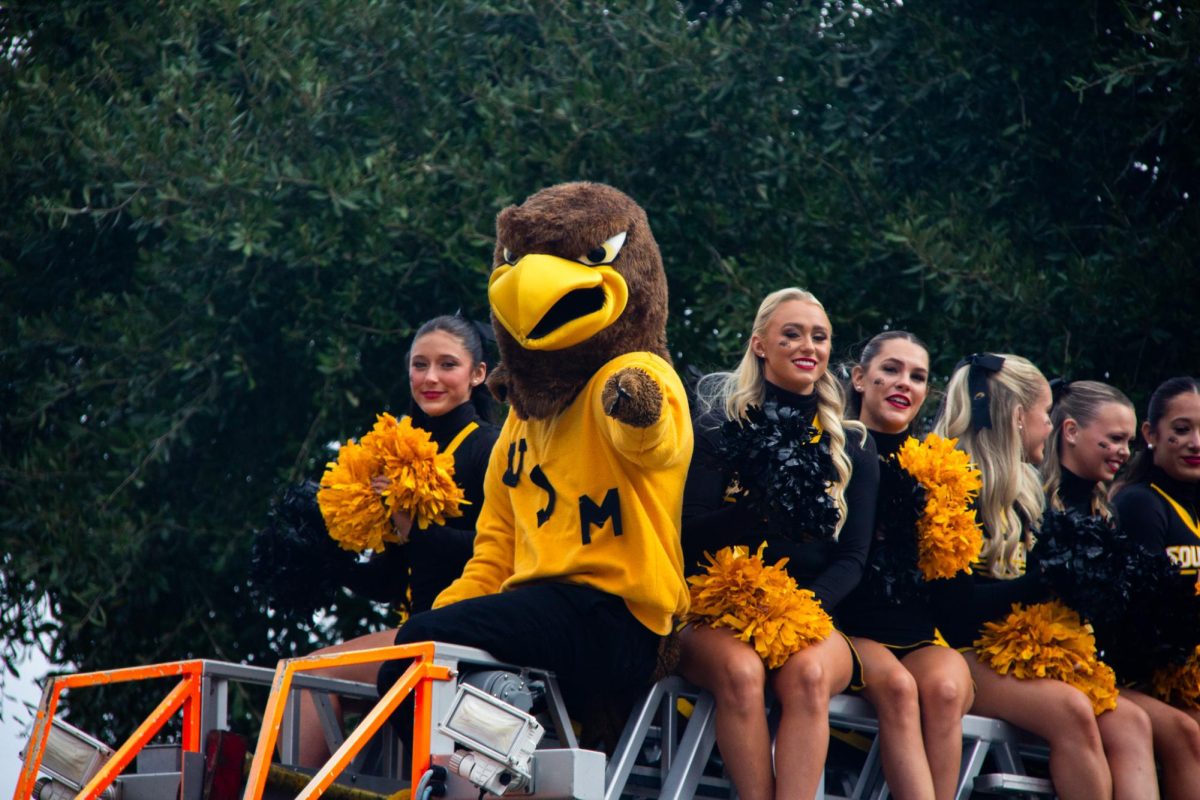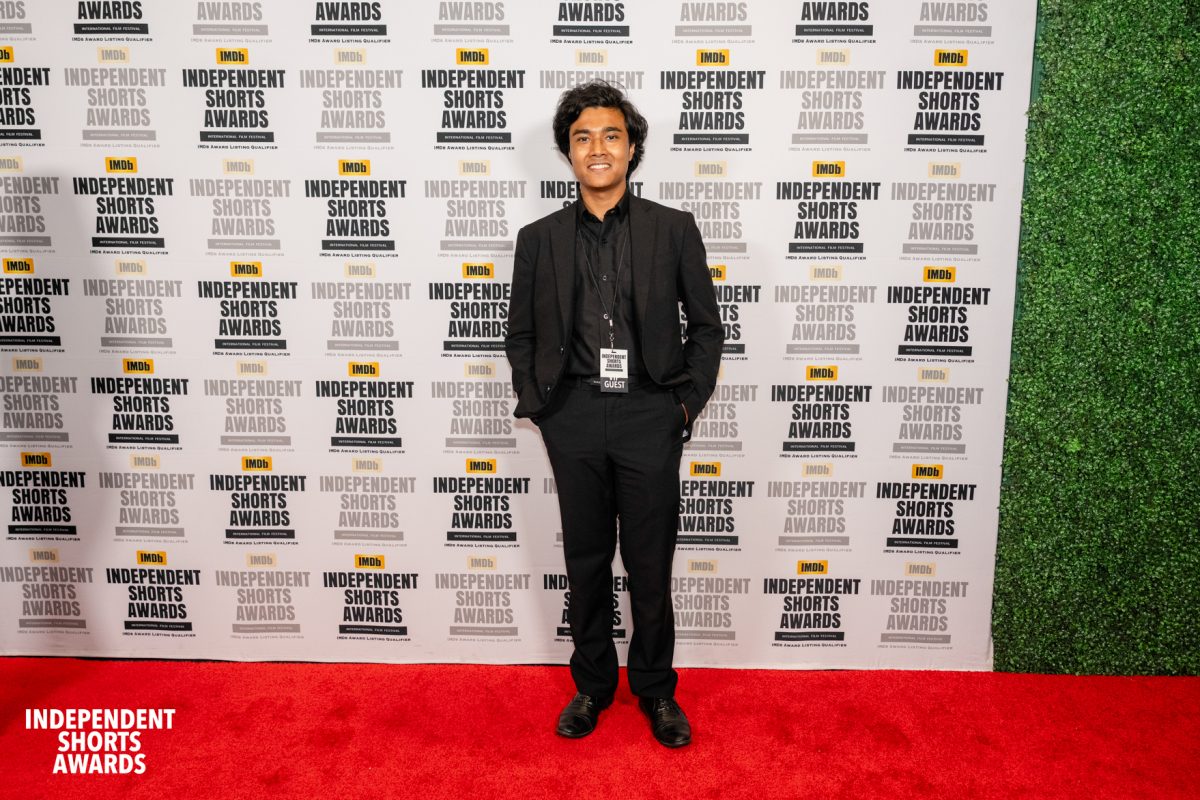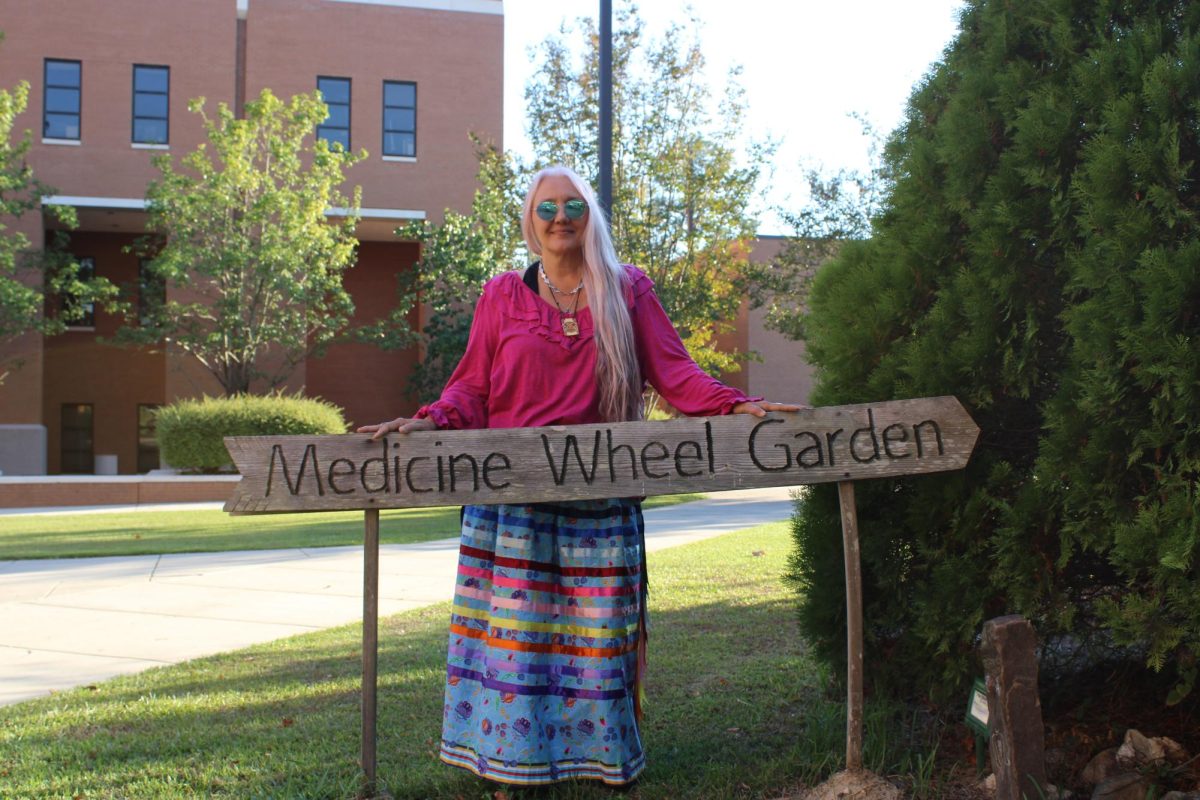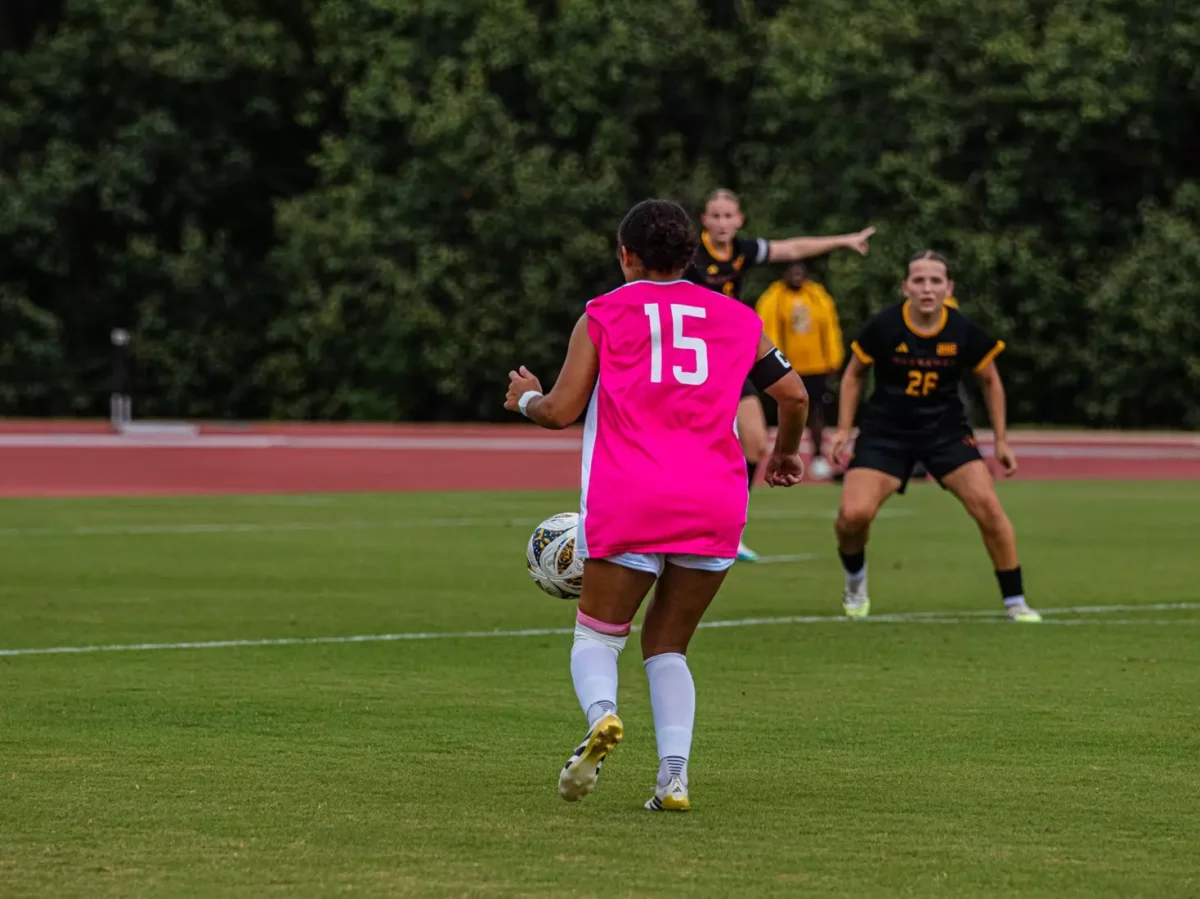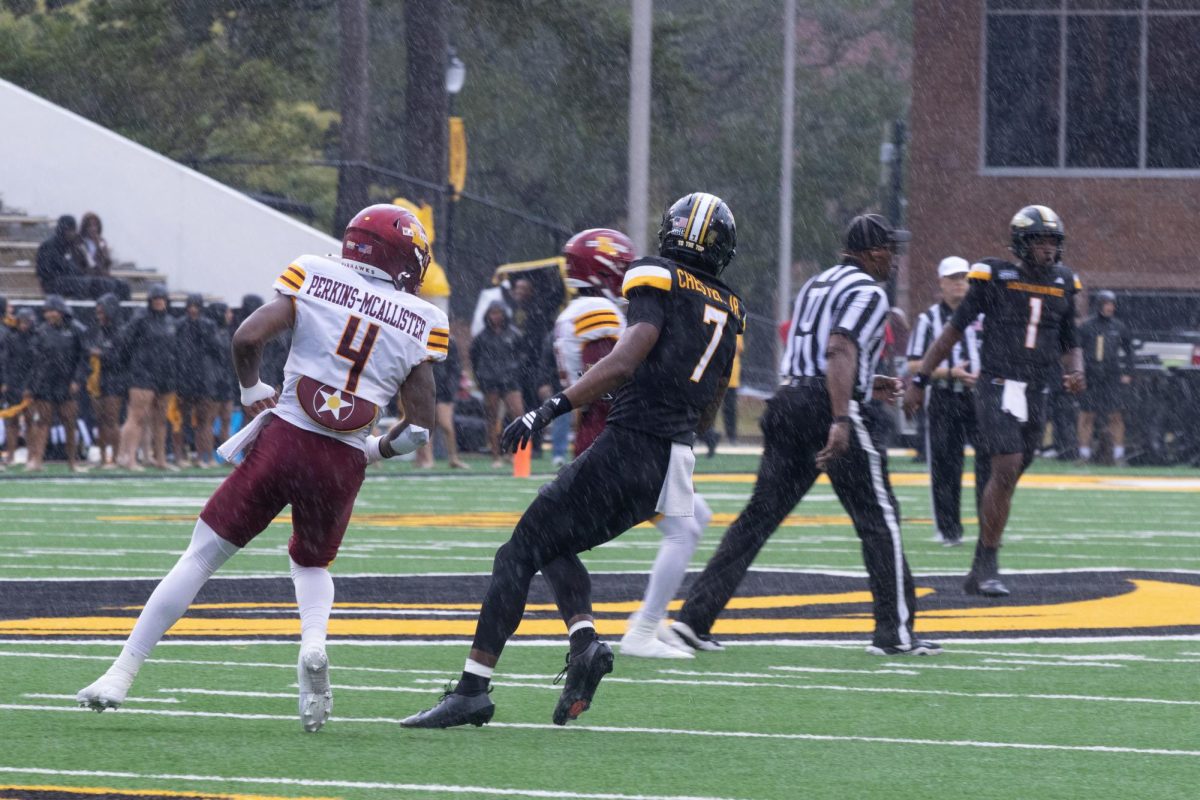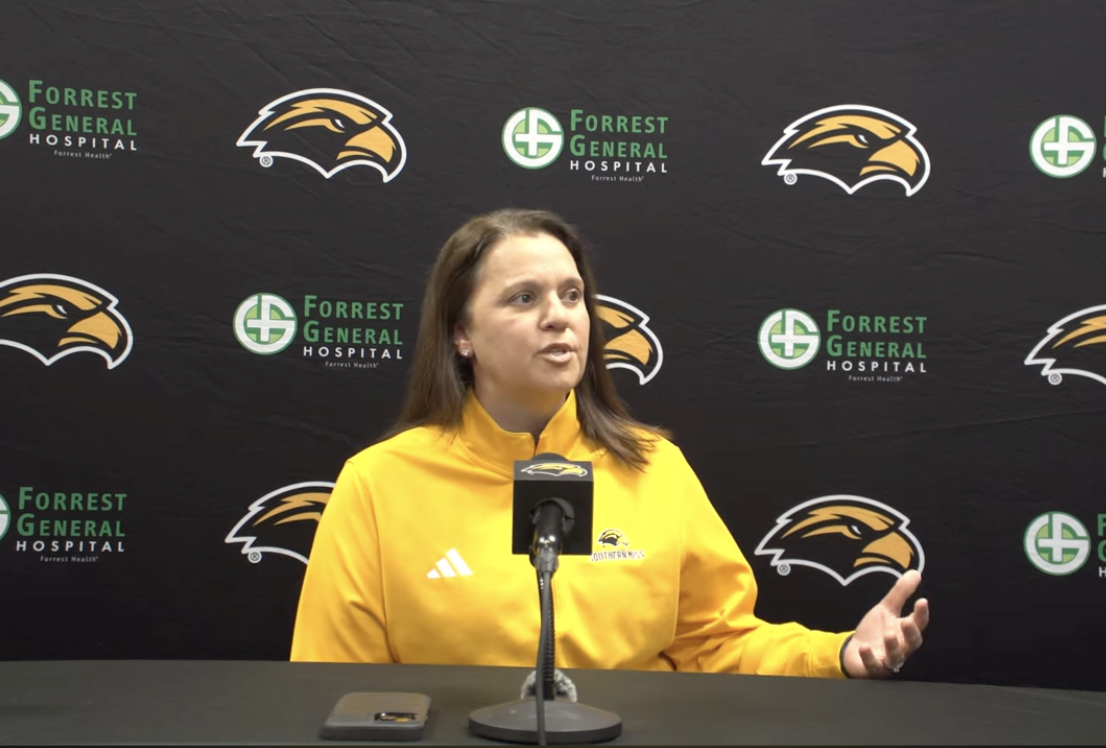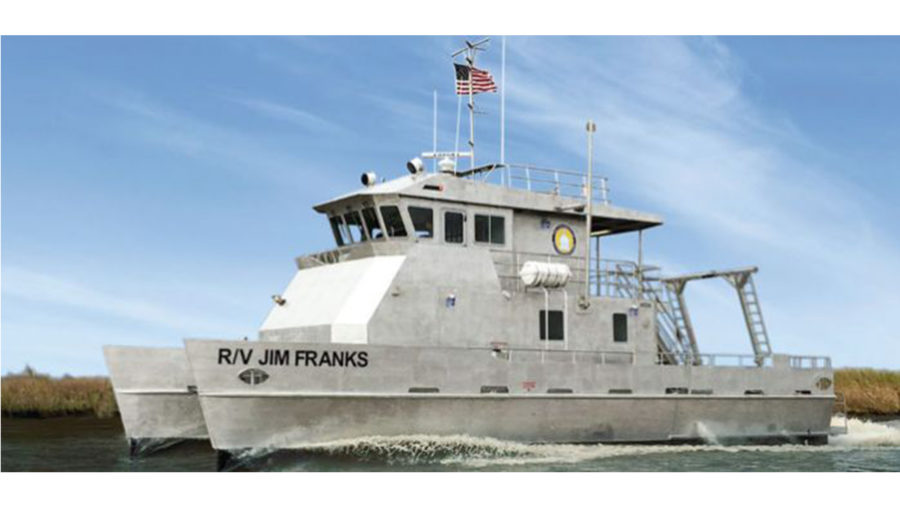Before he passed away, my father often woke in the pre-dawn hours to prepare for a journey in his aluminum fishing boat.
He rattled his tackle box in the living room, soon leaving behind the musk of dark coffee. He always returned with too many fish, some we would never eat.
Such early mornings were the crux of Frank Hernandez’s marine ichthyology class, who piled onto the Jim Franks, the newest vessel The University of Southern Mississippi christened in 2016, and similar vessels for day-long stints on the Gulf Coast waters this past July.
Teaching assistant and 20-year Armed Forces veteran Jeremy Johnson cast out the otter trawl soon after R/V Jim Franks departed from the Farley State Marina under the 8 a.m. sun on July 27. He and his students reeled in the net and on a sorting table spread their findings – a slick pile of pogie and shrimp to be used as bait. Somewhere close by, a dolphin fin crowned from the waves.
Weaver said the class emphasizes the idea of interconnectivity in the ocean and in its communities.
“The research we do here has a much greater impact on the larger society,” he said. “A lot of what we do in the fisheries side of the house is the conservation of species, making sure that the fisheries live on for successive generations. We want to make sure – from an ecological standpoint – that we’re being as conservative as we can with what we catch and what we keep.”
Not long into the morning, students began reeling in sharks with rods and reels. Weaver held up the specimens, asked students to identify them and pointed to parts of their anatomy, later unhooking the creatures and releasing them. Their shadows wriggled away, fading blue and quickly disappearing.
Weaver said maintaining the local populations of certain species of fish is a kind of balancing act.
“We want to keep the populations high,” he said. “Red snappers are a really contentious thing out here. [Their] season is strictly, strictly limited, and it’s kept on a very tight leash. A lot of the data we’ll collect from this, we’ll use for successive classes to give them an idea of where the populations are, what we’re catching in what areas and how we can optimize that for classes in the future.”
These ventures into the Gulf additionally serve practical purposes. Hernandez said the skills and experiences gathered during the course are “critical for any student interested in disciplines such as marine biology, marine ecology or fisheries biology and will serve students well as they apply for graduate schools or jobs related to these fields.”
“During the course, the students collect fishes in a variety of habitats, e.g. coastal reefs, salt marshes, seagrass beds, estuaries, tidal ponds and barrier island beaches,” he said. “[Students] learn how to deploy a wide range of sampling gear and how to estimate fish abundance by quantifying the catch data using standard fisheries methods.”
Hernandez said the trips also serve to teach students about the factors that affect fish habitats and populations, as well as to identify specimens through dichotomous keys, external morphology and internal structure.
Academic Programs Coordinator Darcie Graham said the GCRL Summer Field Program exposes students to lab and field work.
“The field-based courses are essentially lab classes on steroids,” she said. “The program is also a cultural experience, as it attracts students from all over the country who are interested in gaining field experience at the GCRL.”
Casting his line far over the boat’s rail, senior marine biology student LeRoy Martin said he spent his younger days fishing with his parents – more evidence that traversing the Gulf’s waters is a cultural act. He said he and his parents fished so they could eat.
“One of the main reasons I wanted to join marine biology was to sustain future fisheries,” Martin said. “Nowadays there’s a lot of runoff from putrefaction, causing carbon runoff. If you take too much biomass out of the ocean, you have to put it back in.”
That day he caught a spiked, smiling pufferfish specimen that Weaver placed in a sink full of ocean water.
Several hours and multiple shark catches later found us motoring back to shore, awash in the day’s salt and sunlight. Some students slept in the shade of the upper deck. There was a feeling of accomplishment in seeing the earth’s other side and, for a day, peering into its most intricate natural cycles.
The Gulf Coast waters wait as all waters do. They wait just as they awaited my father in his many trips adrift. The sea, and perhaps even our cultures, will outlive us all, never to be harmed beyond self-repair.

